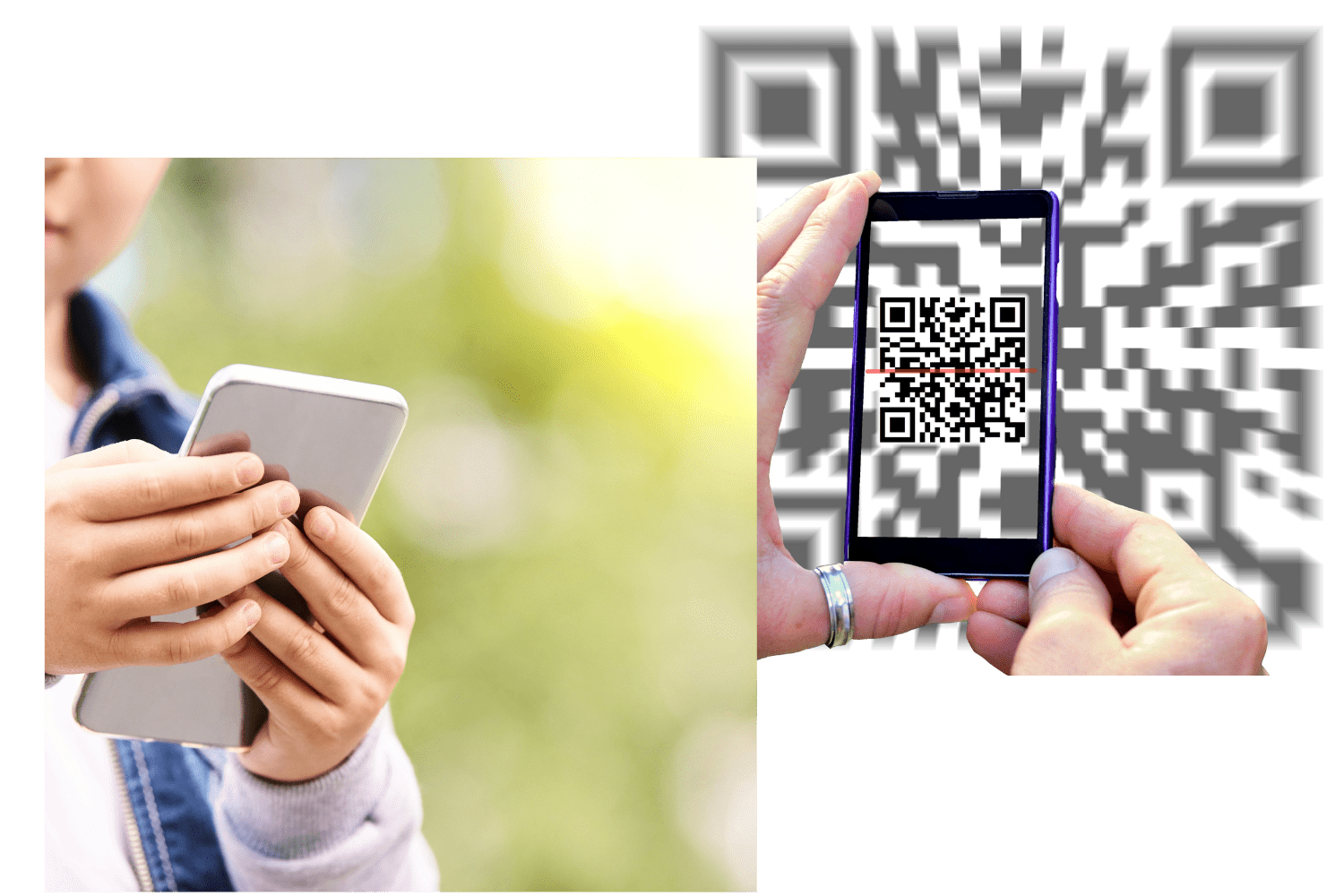How QR Codes Work
QR codes are a way of sharing information quickly and easily, but they can also be used by cybercriminals to deliver malware or direct users to malicious websites. By scanning a QR code, a user can unwittingly download an app or visit a website that contains malware, which can then be used to steal sensitive information such as passwords or banking details.
Tips from The Better Business Bureau and the FBI
The BBB and FBI offered these tips for avoiding QR code scams:
Don’t scan codes from strangers:
If you receive a QR code in an unsolicited message, avoid it. If someone you know sends you a code via text message or social media, contact them to make sure it’s legitimate and they haven’t been hacked.
Check the links:
Before you click, you can check website URLs to make sure they look authentic and don’t have typos or misplaced letters.
Feel it out:
Literally. Be on the lookout for signs that someone tampered with a physical QR code, such as a sticker placed over the top of the original code.
Don't get personal:
Be cautious about entering login, personal or financial information from a website navigated to from a QR code.





